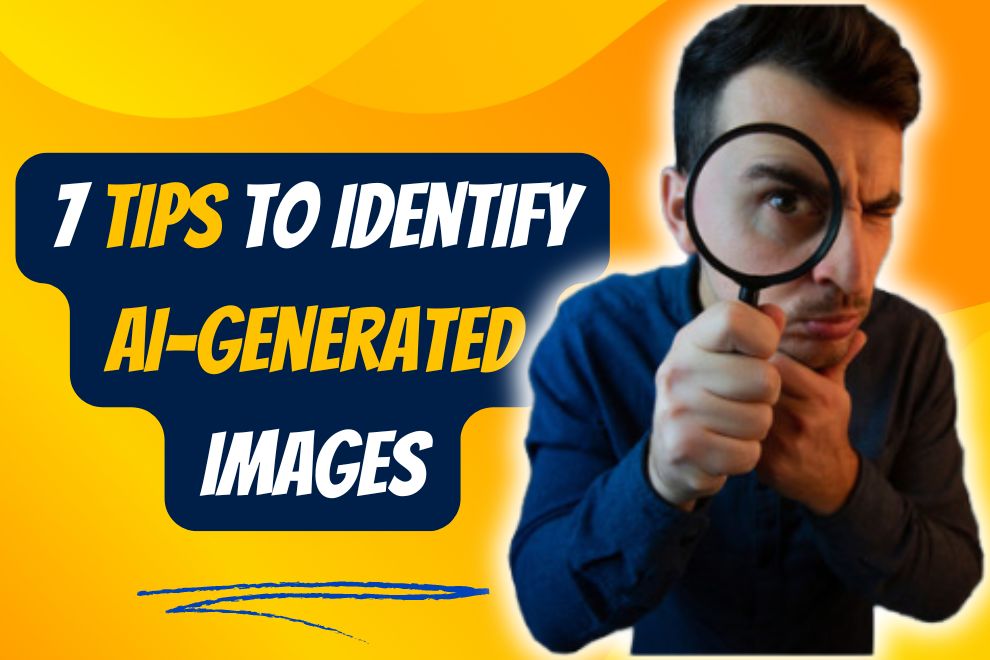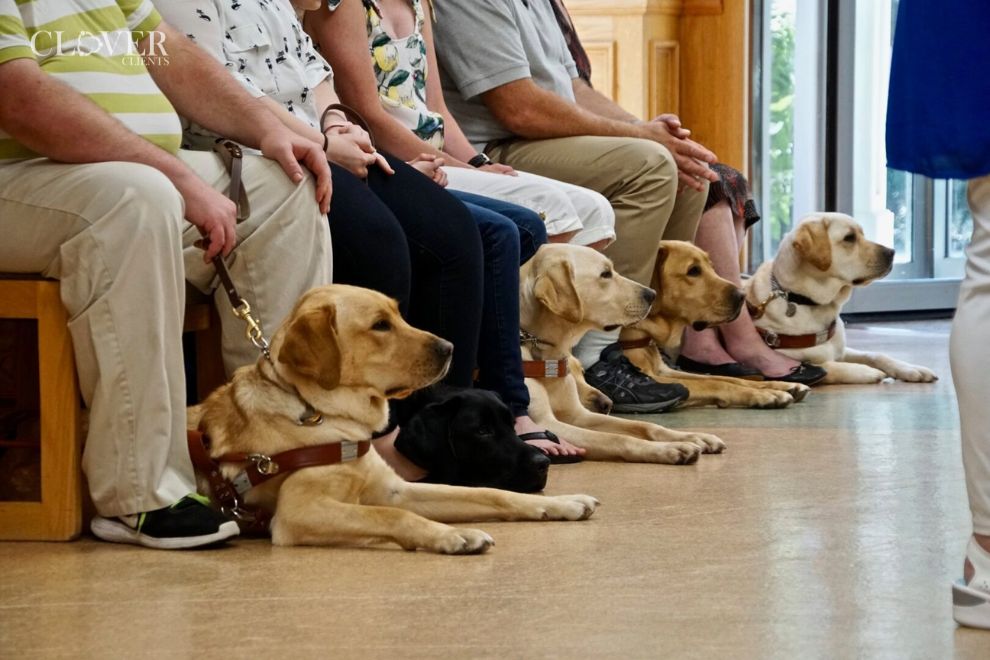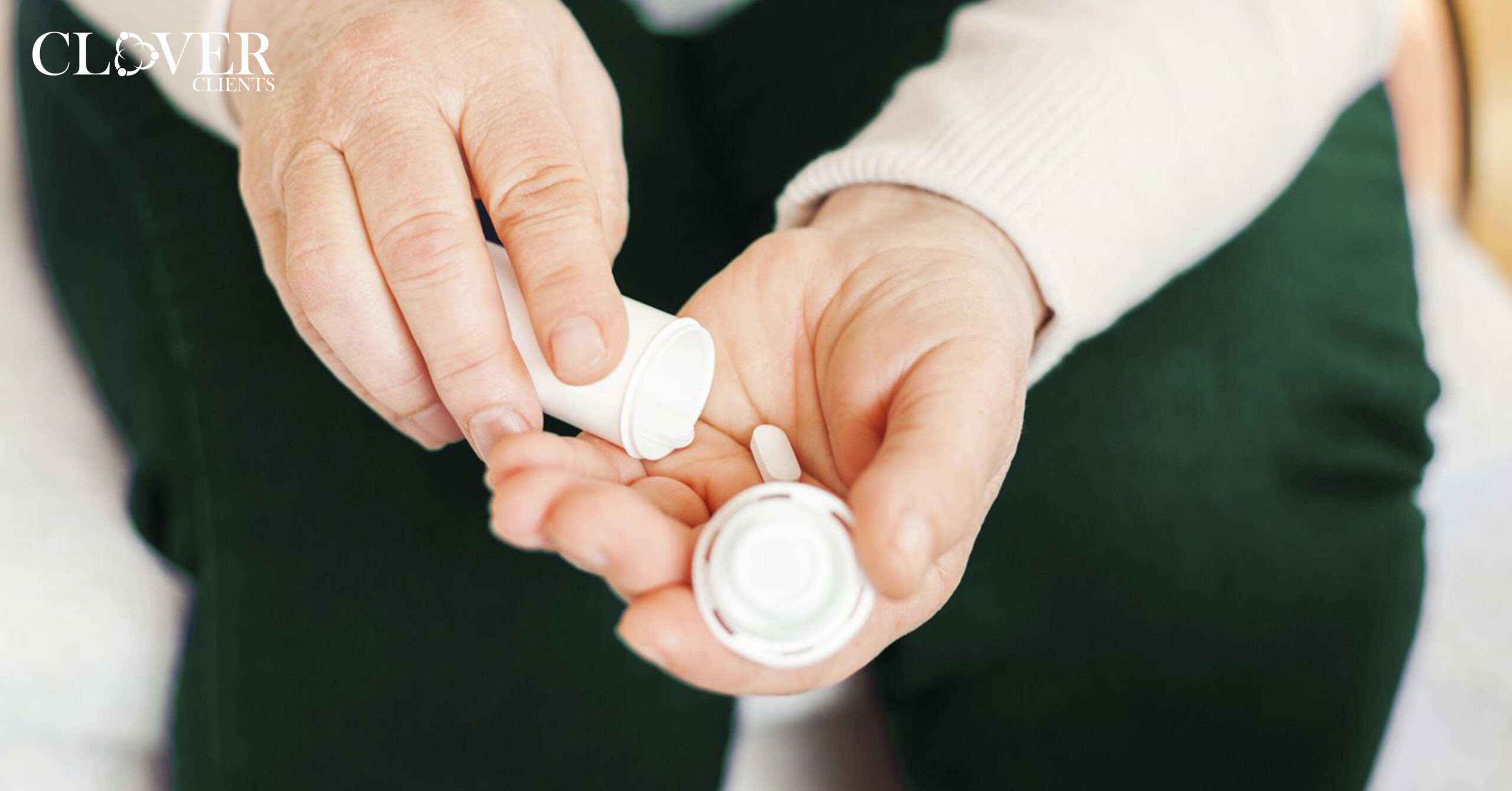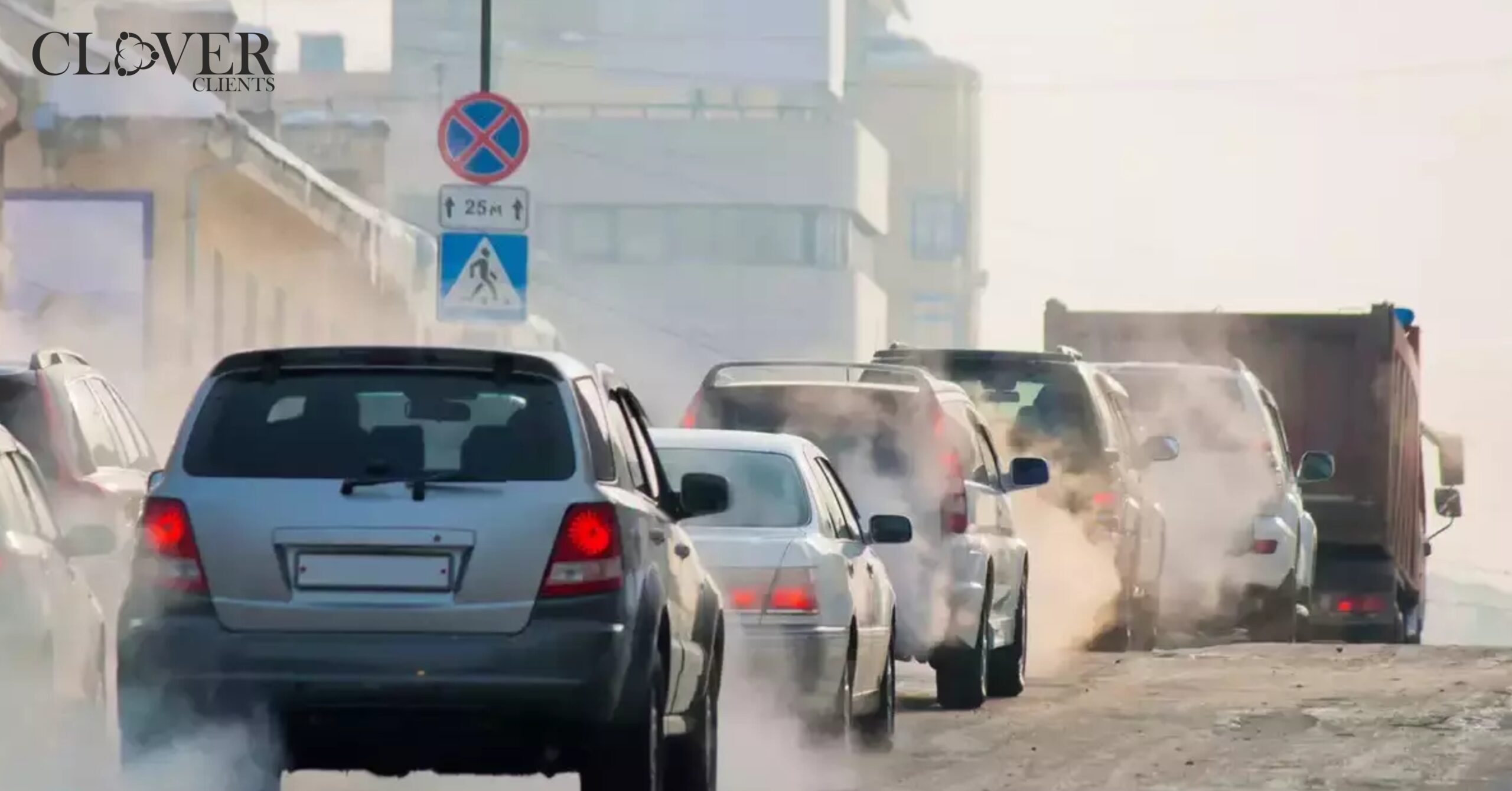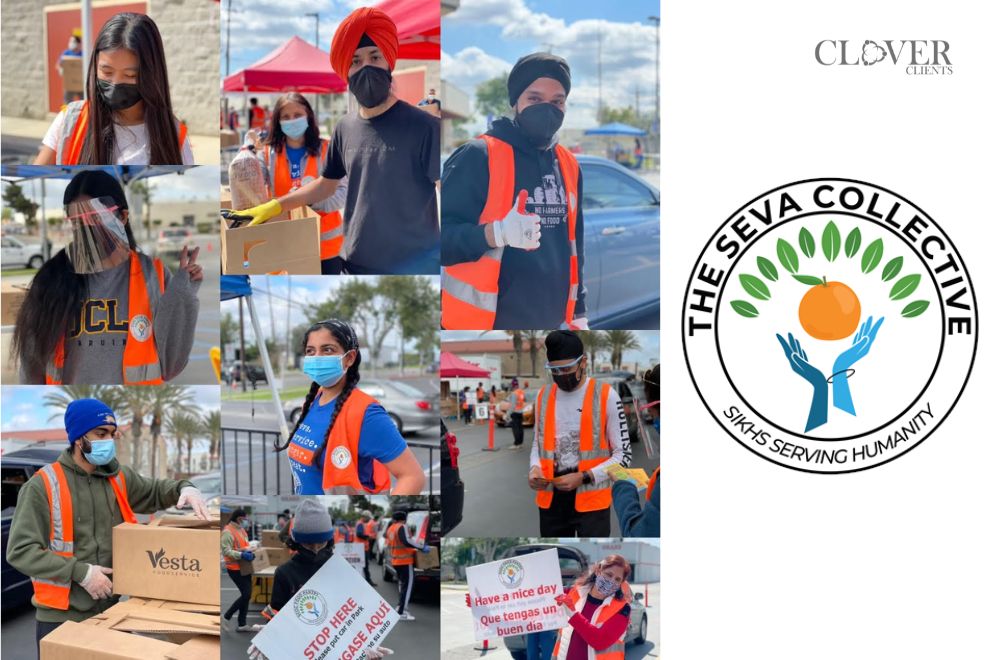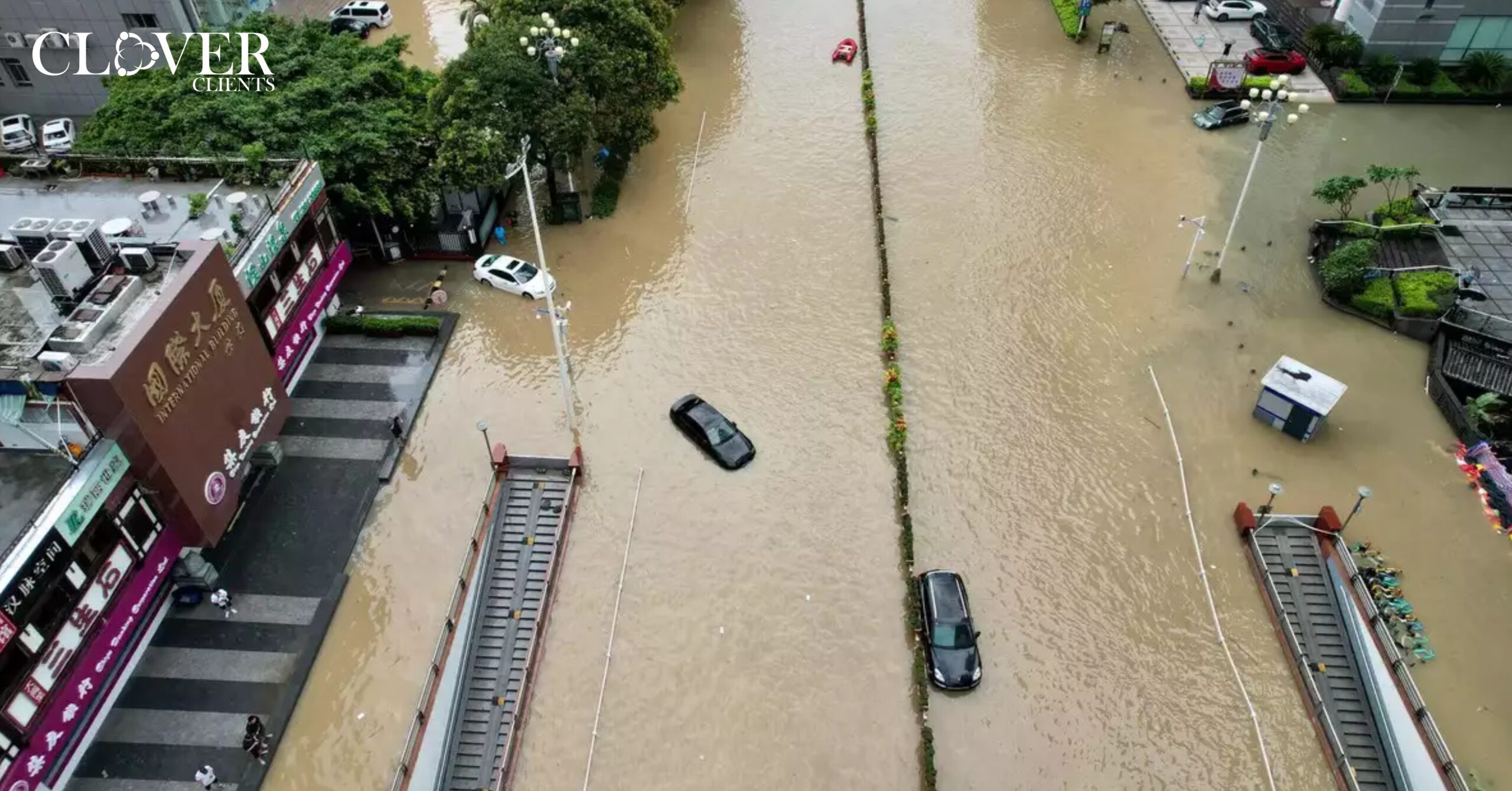Photo manipulation has been around almost as long as photography itself, with techniques like double exposure and airbrushing showing up in the 1800s. At first, artists used these methods for creative fun, but previously they were also used for less innocent purposes, like political censorship and propaganda—such as removing Leon Trotsky from Soviet-era photos. Fast forward to the 1990s, and the arrival of Photoshop made photo editing more sophisticated and easier to use. And today, with the rise of AI everything is possible. AI is rising in every field, may it be education or healthcare.
Recently, Meta introduced its ‘imagine me’ feature which would let users create custom images. And, users are enjoying this feature by creating funny stickers, experimenting with brush effects, and exploring comic-style art. However, no matter how much fun and games, AI-generated images bring even more challenges. Today, AI technology creates images almost indistinguishable from reality. But we’re here with 7 tips to help you identify AI-generated images in this digital world.
1. A Flawed Background:
The first and easiest way to identify AI-generated images is to check the background and details. While AI generators often excel at rendering the main subject, the background can reveal flaws. For instance, faces in the background may appear distorted, and people or objects can blend together unnaturally. These errors might not be noticeable at first glance but become obvious upon closer inspection.
2. The Glossy Illusion:
Another easy way to spot AI-generated images is by looking for overly smooth rendering, which often creates a painterly quality. For example, skin textures may appear too smooth, and eyes can have a lifeless, Uncanny Valley look. Additionally, many AI-generated images feature an unnaturally glossy or overly clean appearance. Moreover, the lighting might also be inconsistent, with some objects appearing brighter or darker than others. Conversely, the lighting could be too uniform, giving the image a flat, airbrushed quality. As a result, human subjects may look more like Pixar or video game characters than real people, making the photo resemble a realistic painting or CGI.
3. Geometry Gone Wrong: Finding Architectural Oddities
Thirdly, let’s focus on the more challenging ways to identify AI-generated images, which require closer attention. For instance, look for impossible architecture, inconsistent perspectives, and other geometric errors. Inconsistent geometry is a clear sign of AI generation, especially in architectural elements. Floors and walls may appear oddly warped, or columns might not connect to the floor correctly. Additionally, repeating elements that should look identical may vary randomly, revealing AI’s limited grasp of three-dimensional space. Moreover, AI often struggles to render symmetrical objects or identical pairs, as it lacks a blueprint for constructing images. Instead, it relies on surface-level appearances based on the two-dimensional images it has been trained on.
4. Misspelled Words and Garbled Letters
To build on the background observation point, here’s another way to identify AI-generated images: look for misspelled words and garbled letters. Generally, image generators are designed to create visuals, not insert actual text, so they often produce text-like images instead. At first glance, the text might seem fine, but with a closer look, you may notice some strange errors. For example, you might spot misspelled words, characters awkwardly mashed together or spaced too far apart, or even entirely new characters that don’t belong to any real alphabet. So, if you see these oddities, it’s a good clue that AI made the image.
Also Read: Whispers of Tomorrow: How AI is Changing the World
5. Limbs and Extremes:
Another way to identify AI-generated images is to look closely at the limbs. Specifically, check for extra fingers or limbs that don’t connect properly to a body. When AI-generated images first appeared online, one of the most obvious giveaways was how AI struggled with rendering realistic hands, arms, and legs. These body parts have complex anatomical structures that, unfortunately, AI models don’t fully grasp. While people naturally understand anatomy, AI often falters, making deformed or oddly positioned limbs stand out. Although AI technology is improving, errors like extra arms or six-fingered hands still occur, especially in crowded scenes. Therefore, pay close attention to background figures to spot anomalies like three-legged people, fused fingers, or disjointed arms.
6. Accessory Faux Pas: Examining Jewelry and Hand-held Objects
Further, when examining AI-generated images, first pay attention to shirt collars, necklaces, earrings, scarves, purse straps, and shirt buttons. In real life, these items fit well, make sense, and follow the laws of physics. However, in AI images, anything can happen. For instance, look for warped jewelry or mismatched earrings. Additionally, a ring might not wrap properly around a finger, or a necklace might hang too high. Moreover, blurs might appear to distract from details like a watch face. Similarly, hand-held objects pose problems for AI. Check for elongated coffee mugs or floating pens. Furthermore, object permanence can be an issue; for example, a walking cane’s top might appear over a leg while the bottom half is missing.
7. Stereotypical Signals: Bias and Common Clichés
And, finally look for stereotypes. Artificial intelligence relies on existing data and ideas, essentially remixing them. Consequently, it often replicates biases or factual errors present in that data. Unfortunately, the world contains plenty of bias, including racism, sexism, classism, fatphobia, and ableism—just to name a few that the TikTok algorithm has been credibly accused of. For instance, when you ask an AI image generator for a “doctor,” it will typically produce an image of a white man in a lab coat and stethoscope. To address this issue, you need to provide more specifics to reflect real-world diversity. However, even then, you might end up with a more specific stereotype. Furthermore, AI images tend to reproduce common poses or lighting conditions. This happens because their datasets mostly include these familiar examples.
Conclusion
It’s a fact that as AI technology is evolving, images are getting realistic but then, it’s important to identify AI-generated images for safety. We can stay informed about common signs of AI-generated content. Ultimately, the best tools for navigating our complex digital world are healthy skepticism, vigilance, and critical thinking.

